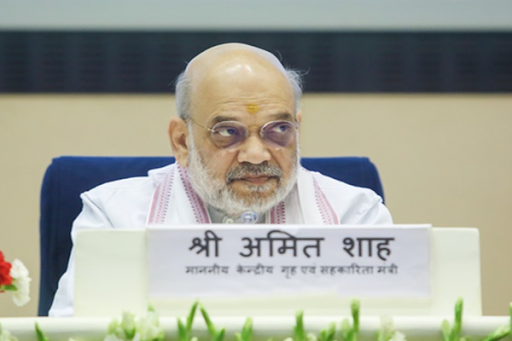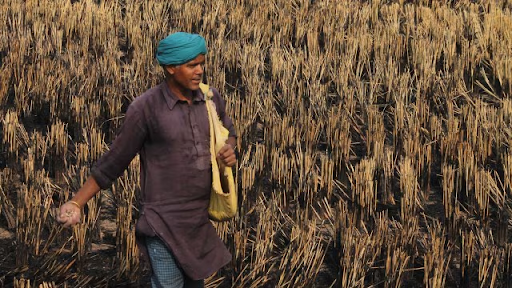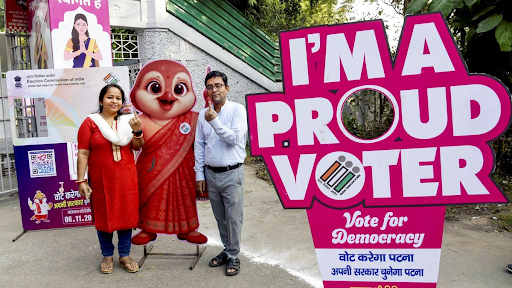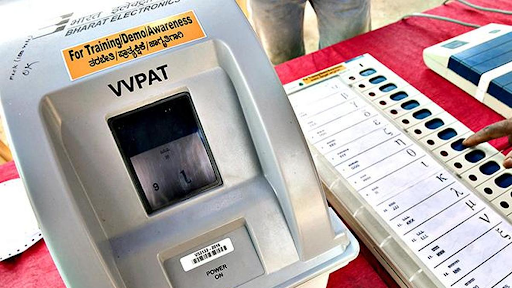Description

Copyright infringement not intended
Picture Courtesy: www.guwahatiplus.com
Context: The Union Cabinet has approved a three-year extension for the Fast Track Special Court (FTSC) Scheme to promptly address and adjudicate cases of sexual offences, including those under the Protection of Children from Sexual Offences (POCSO) Act.
Details
- The Union Cabinet's approval to continue the Fast Track Special Court (FTSC) Scheme for three more years is a significant step in addressing and expediting justice in cases of sexual offences.
- The scheme, launched in 2019, focuses on the swift disposal of cases related to rape and those falling under the Protection of Children from Sexual Offences (POCSO) Act.
Key Highlights
Fast Track Special Court (FTSC) Scheme
- The FTSC Scheme aims to expedite the judicial process for cases related to sexual offences, particularly rape, and those falling under the Protection of Children from Sexual Offences (POCSO) Act.
- The scheme was centrally sponsored and launched in 2019.
.jpg)
Cabinet Approval for Extension
- The Union Cabinet approved the continuation of the FTSC Scheme for an additional three years, extending it until March 31, 2026.
- The total cost for running the scheme over the three years is ₹1,952.23 crore. The Central government will bear ₹1,207.24 crore, and the states will contribute ₹744.99 crore.
- The Central government's share will be taken from the Nirbhaya Fund, indicating a targeted use of funds specifically allocated for initiatives related to women's safety and well-being.
|
Nirbhaya Fund
- Nirbhaya Fund is a non-lapsable corpus fund, being administered by the Department of Economic Affairs, Ministry of Finance.
- It was set up in 2013, following the brutal gang rape and murder of a 23-year-old woman in New Delhi in December 2012. The fund is named after the victim, who was popularly known as Nirbhaya.
- The fund was initially set up with an amount of ₹1,000 crore but has since been enhanced to ₹3,000 crore. The fund is used to support initiatives aimed at enhancing the safety and security of women in India.
|
Implementation and Coverage
- The scheme has been implemented in 30 States and Union Territories across the country.
- A total of 761 fast-track courts have been operationalized under the scheme. Among these, 414 are dedicated specifically to handling cases under the POCSO Act.
- The established courts, during their operational period, have successfully resolved over 1,95,000 cases. This demonstrates the efficacy of the scheme in achieving its goal of swift case disposal.
Background and Legislative Basis
- The decision to establish fast-track courts was prompted by the passage of the Criminal Law (Amendment) Act in 2018.
- The original plan was to set up 1,023 fast-track courts as a response to the need for expeditious justice in cases of sexual offences.
Operational Challenges
- Despite the initial plan to have 1,023 courts, only 754 are operational. Some states committed to establishing these courts but did not follow through, leading to a shortfall.
- While there is no official confirmation, sources suggest that the scheme might be extended for 761 courts instead of the initially planned 1,023, possibly accounting for the existing operational courts.
Overall Significance
- The decision to extend the FTSC Scheme underscores the government's commitment to addressing and expediting justice in cases of sexual offences.
- The use of the Nirbhaya Fund highlights a targeted approach to funding initiatives specifically designed to enhance the safety and well-being of women and children.
Fast-track court
- Fast-track court is a special type of court that is established to expedite the judicial process and deliver justice in a timely manner.
- Fast-track courts are usually set up for cases that involve serious crimes, such as rape, murder, terrorism, etc., or cases that have a large public interest, such as corruption, fraud, etc.
Some of the advantages of fast-track courts are:
- They reduce the backlog of pending cases and improve the efficiency of the judicial system.
- They provide speedy justice to the victims and their families and deter the offenders from committing further crimes.
- They ensure that the evidence and witnesses are not tampered with or lost over time and that the trial is fair and impartial.
- They save the time and resources of the parties involved, such as the lawyers, the police, the judges, etc.
Some of the disadvantages of fast-track courts are:
- They may compromise the quality of justice and due process of law, by skipping some procedural steps or rushing through the hearings.
- They may put undue pressure on the judges, lawyers, and witnesses, who have to deal with multiple cases in a short period.
- They may violate the rights of the accused, who may not get enough time to prepare their defence or appeal against the verdict.
- They may create a parallel judicial system that is not uniform or consistent with the regular courts.
.jpg)
Conclusion
- Fast-track courts are a useful tool to address the problem of judicial delay and pendency, but they also pose some challenges and risks to the rule of law and human rights. Therefore, they should be used with caution and discretion, and only for cases that truly warrant a speedy trial. Fast-track courts should not be seen as a substitute for the regular courts but as a supplement to them. The ultimate goal should be to improve the overall functioning and performance of the judicial system, by ensuring adequate infrastructure, manpower, resources, and reforms.
Must Read Articles:
POCSO ACT: https://www.iasgyan.in/daily-current-affairs/pocso-act-12#:~:text=About-,The%20Protection%20of%20Children%20from%20Sexual%20Offences%20(POCSO)%20Act%20was,stringent%20punishments%20for%20the%20perpetrators.
|
PRACTICE QUESTION
Q. What are the key provisions and safeguards outlined in the POCSO Act to protect children from sexual offences, and how does the legal framework contribute to ensuring justice for victims?
|











